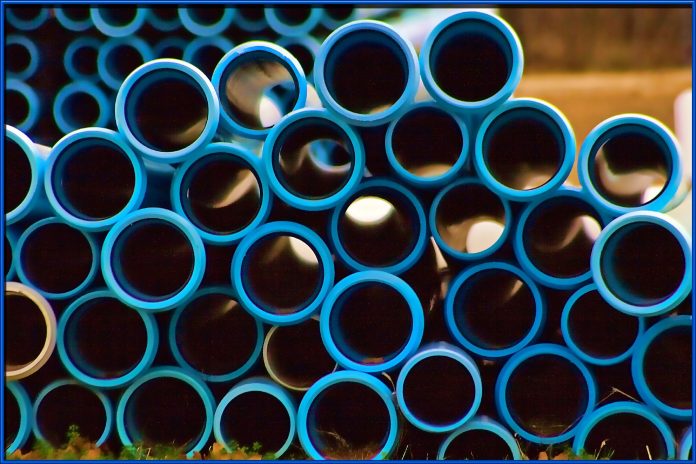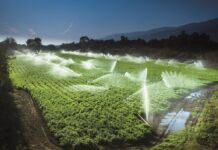
Pipe and hardware companies are poised to benefit from heightening concerns about US municipal water infrastructure with US$300 billion of forecasted capital expenditures over the next decade, according to a new report from Bluefield Research.
The report, US municipal pipe markets: trends, opportunities and a changing competitive landscape in water, forecasts that new and replaced pipe and hardware infrastructure will make up more than 57 percent of municipal utilities’ total capital spend until 2026.
“The public does not want to think, or even know, about the [2.5 million kilometres] of pipes underground, but hundreds of thousands of water main breaks and lead-tainted water have begun to put a spotlight on this historically overlooked sector,” said Reese Tisdale, President of Bluefield Research. “In fact, the average age of water pipes continues to climb–from 25 years in 1970 to 45 years in 2020–largely because of underinvestment.”
While municipal demand for pipe solutions, is expected to grow going forward, the pipe sector’s material profile, for water and wastewater, is also being reshaped. The report identifies that new spending by utilities and engineering firms has a strong preference for plastic pipes–PVC and HDPE–which account for US$97 billion of the ten- year total. The trend highlights the continued growth of these materials, largely because of cost.
Bluefield also identifies that the scale of investment going into upgrading pipe networks is already driving more innovative, smarter solutions to stay ahead of rising costs. Over US$2.7 billion will be directed towards asset condition assessment and pipeline monitoring through 2026, while operating expenditures on leakage management, alone, will total US$1 billion through the forecast period.
“Replacing water pipes is extremely labour intensive and costly, so utilities will increasingly be forced to look for ways to squeeze costs with more cost-effective materials, installation techniques, such as trenchless technologies, and network analysis,” said Tisdale. “Certainly adoption will take time but innovative solutions are in front of them.”







